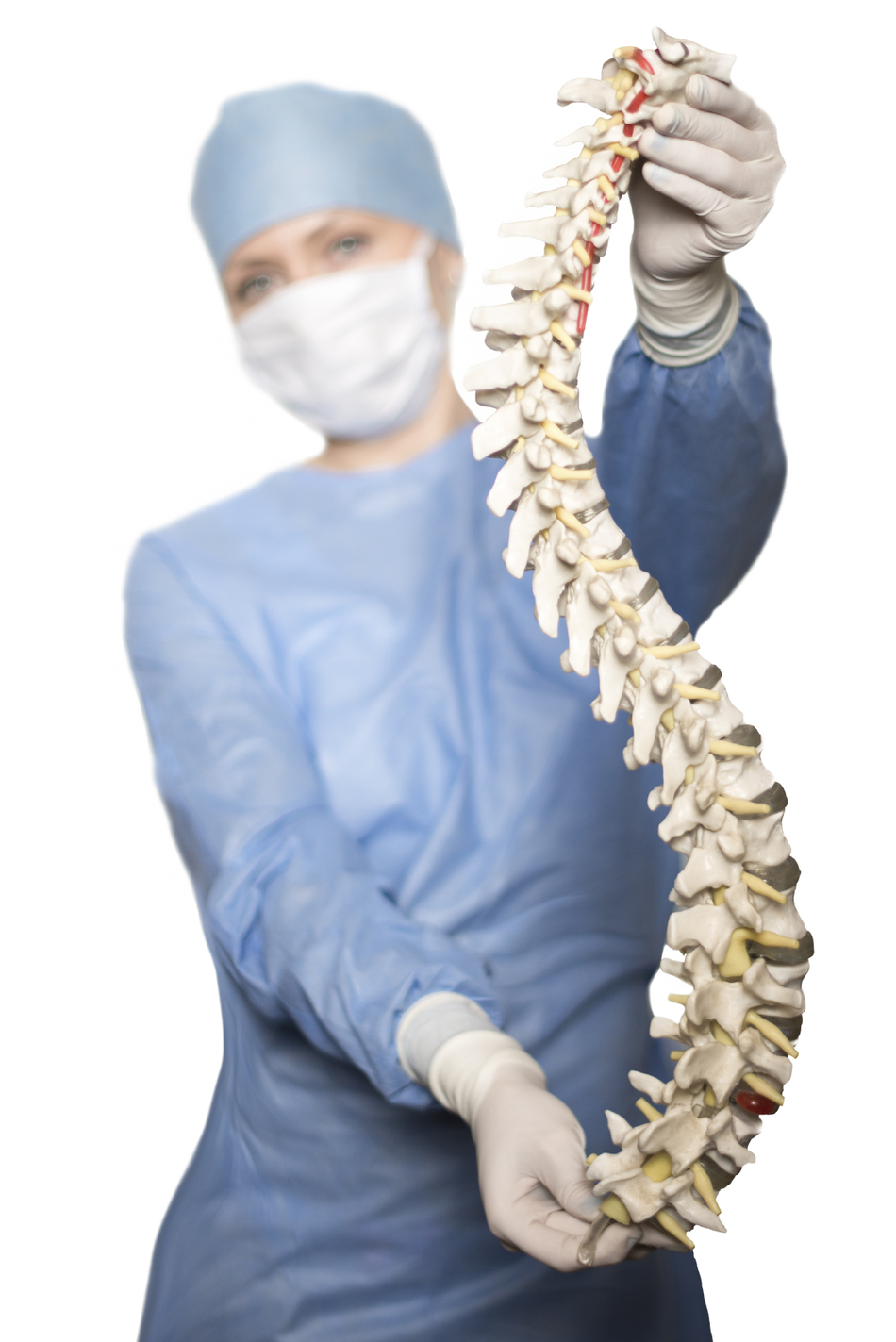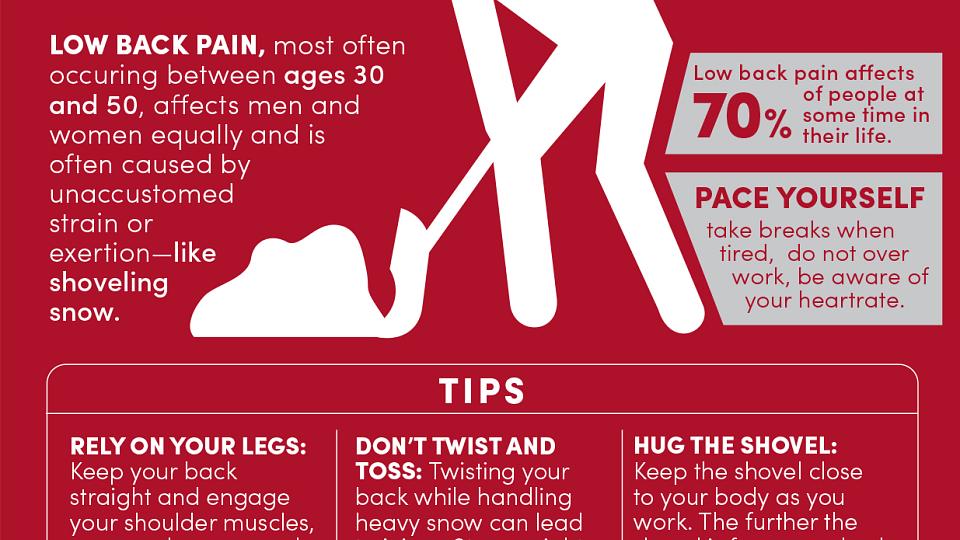
Dr. Miller: Scoliosis - A Bend in the Spine. We're going to talk about that next on Scope Radio.
Announcer: Access to our experts with in-depth information about the biggest health issues facing you today. The Specialists with Dr. Tom Miller is on The Scope.
What is Scoliosis?
Dr. Miller: Hi, I'm Dr. Tom Miller and I'm here with Dr. Darrel Brodke. He's an orthopedic surgeon and a spine specialist here at the University of Utah. Darrel, what is scoliosis exactly?
Dr. Brodke: Scoliosis is a curve in the spine. Technically it's a curve that goes sideways in the spine, because our spine naturally curves in the forward-backward plane, but sideways it's supposed to be straight.
Scoliosis Causes
Dr. Miller: How do we get scoliosis, which sounds kind of abnormal?
Dr. Brodke: Yeah, there are a number of ways to get scoliosis. The most common, frankly, is arthritis in the spine as an older adult. That is a very common way to get scoliosis as an adult. But what we commonly think of when we think of scoliosis is teenaged kids with a curvature in the spine that was picked up by the school nurse. That's called, the most common version of that, adolescent idiopathic scoliosis, and it's also fairly common but not quite as common as the degenerative kind in the elderly.
How Common is Scoliosis?
Dr. Miller: So we hear that a lot of people have scoliosis. Do the majority of those people not have problems, they just live with the scoliosis?
Dr. Brodke: Absolutely. In fact, most kids and adults with scoliosis often find out they have scoliosis because they're being evaluated for a different problem and never really had known that they had scoliosis before that evaluation and it doesn't really affect them in any way.
Scoliosis Progression
Dr. Miller: It doesn't change their lifestyle, doesn't impact their livelihood.
Dr. Brodke: Exactly.
Dr. Miller: And it doesn't progress?
Dr. Brodke: It doesn't progress in most people.
Dr. Miller: Now the other type of scoliosis you mentioned is due to arthritis, so as patients are getting older that sounds a little more concerning.
Dr. Brodke: It can be. It can also be fairly benign. It can be an incidental finding when somebody is being evaluated for low back pain, for a muscle strain, for example, and it might have nothing to do with the low back pain. Alternatively, it may be very involved in the patient's problem in their low back, for example, when there's involvement of nerve compression, and we often see that in degenerative scoliosis.
When to Seek Treatment for Scoliosis
Dr. Miller: Now patients that have scoliosis who don't have any problems, I suppose they would not need to see anyone. When would a person with scoliosis need to see a spine surgeon such as yourself? Would it be because of pain or limited mobility?
If You're Worried About It
Dr. Brodke: There are probably two main reasons and then a third that's common. I'll start with that third. The common reason is because they're concerned about it. They don't know very much about it and they want to talk to somebody who treats this regularly and would like to get more information. That's a very common reason to see a physician, and that's a completely valid reason. Most of those appointments are about patient education and reassurance and they don't lead to surgical intervention.
If Your Balance is Off or You Experience Other Symptoms
There are times when the scoliosis can be a problem and should be seen by a specialist that sees and treats and operates on scoliosis. Probably the most common in adults, the adult scoliosis form, is when the patient feels very out of balance, either forward or sideways in a way that they can't straighten up, or they feel like their pain radiates down their legs and/or they have numbness and weakness in their legs and they can't do the things that they would like to do.
Treating Scoliosis
Dr. Miller: So treatments would include graded therapy. So you'd start conservatively or do you need to go to operative therapy?
Medications & Physical Therapy
Dr. Brodke: We will almost always start conservatively with physical therapy and medications like ibuprofen or naproxen, anti-inflammatory medicines, and sometimes we'll escalate to an epidural steroid injection or a little bit more aggressive treatment of pain. And if all of those fail we may talk about surgery.
Surgery
Dr. Miller: So the small percentage of patients with scoliosis would go on to surgery?
Dr. Brodke: That's correct.
Last Thoughts
Dr. Miller: So to wrap that up for our audience, basically scoliosis is a fairly common condition especially in the younger patients or in younger people, and usually is not progressive, does not cause symptoms, and you live with it without any trouble whatsoever. But in some people it is problematic. It can impair function, it can cause pain, and for that reason you would see a spine specialist and they would prescribe variable therapy from conservative therapy, including physical therapy and non-opioid analgesics such as ibuprofen and Naprosyn, and then a few would need surgery ultimately.
Announcer: Have a question about a medical procedure? Want to learn more about a health condition? With over 2,000 interviews with our physicians and specialists, there’s a pretty good chance you’ll find what you want to know. Check it out at TheScopeRadio.com.
updated: June 25, 2019
originally published: June 14, 2016
Leg Pain in Older Adults Could Be Spinal Stenosis
Persistent leg pain that flares up while walking and fades with rest may point to a hidden condition of the spine. Orthopedic spine surgeon Darrel Brodke, MD, about how spinal stenosis can compress nerves, disrupt mobility, and quietly erode quality of life.



